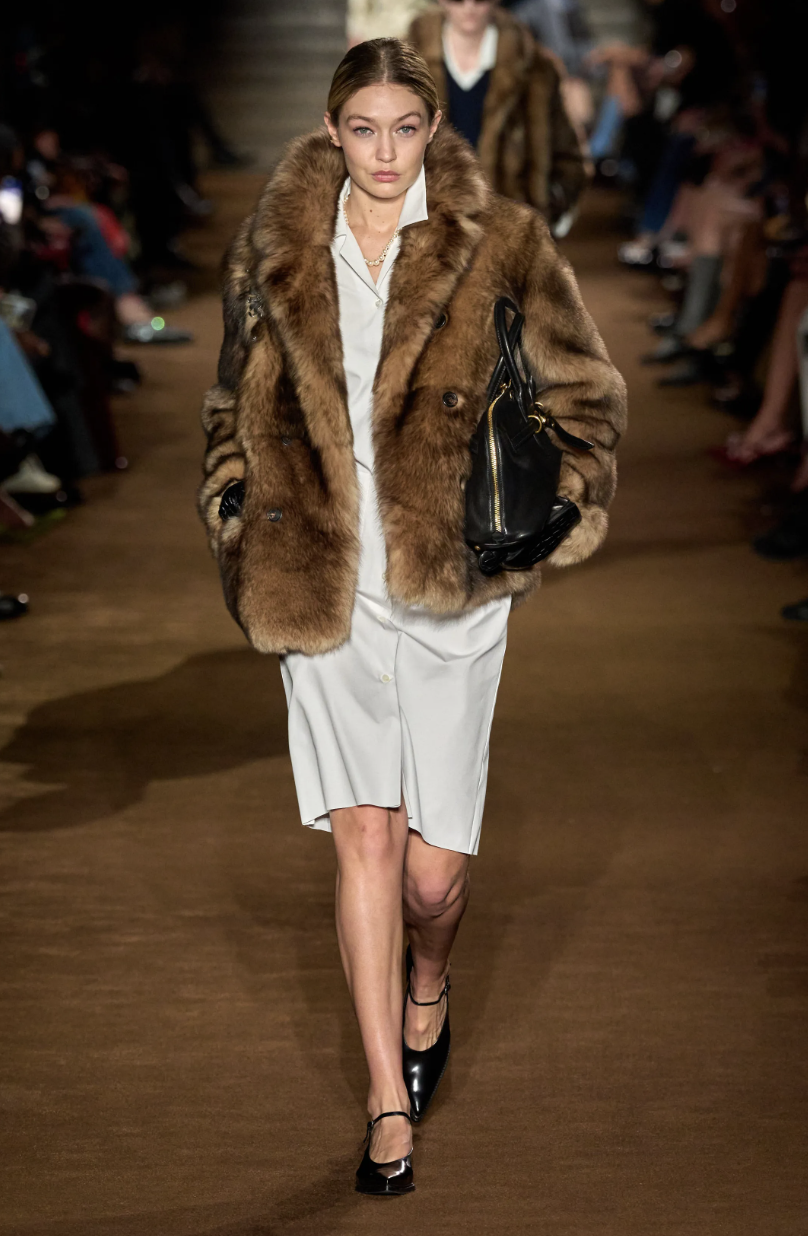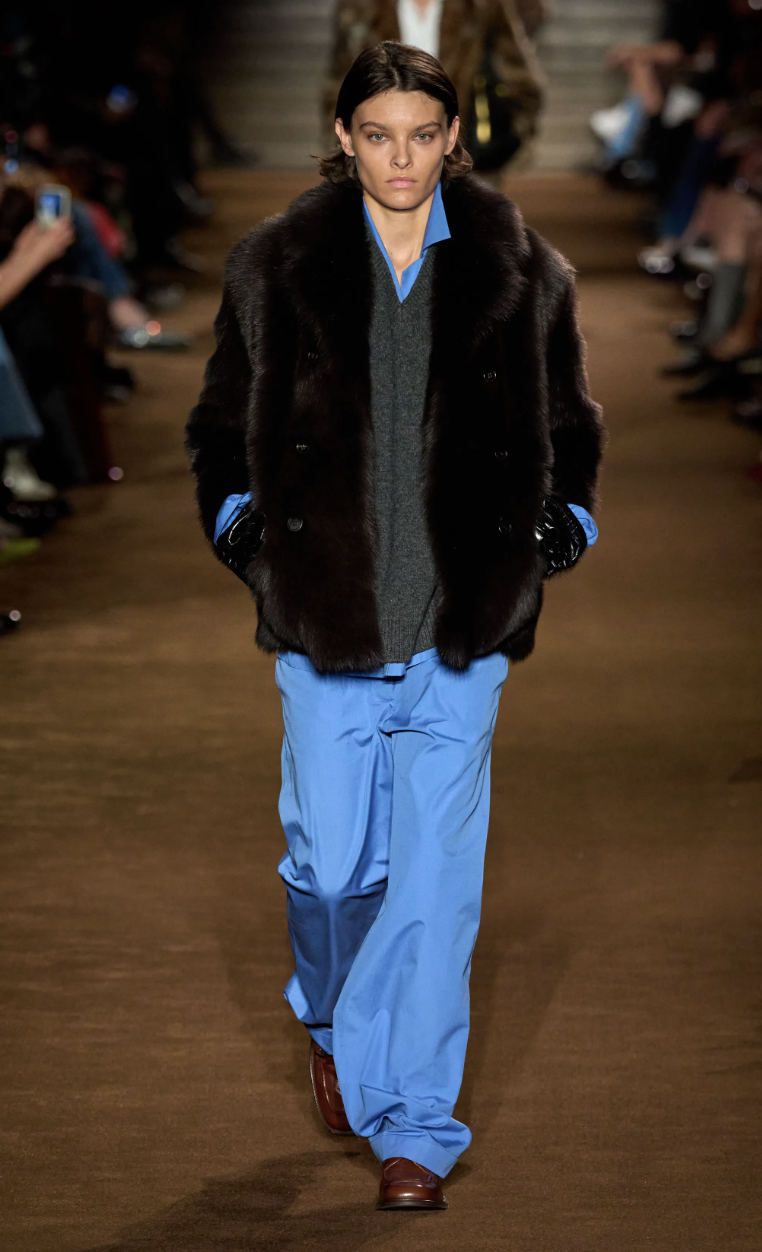Is Faux the New Fur?
The fashion industry has witnessed a significant shift towards ethical and sustainable practices, prompting designers and consumers alike to reconsider their choices regarding fur. As concerns for animal welfare and environmental impact continue to grow, faux fur has emerged as a popular alternative, gaining widespread acceptance on the runway and beyond. This article explores the ascent of faux fur as a fashion statement, examining its prevalence in contemporary fashion and its implications for the industry.
Faux Fur on the Runway
Faux fur has undeniably made its mark on the runway, with designers from high-end fashion houses to emerging labels incorporating it into their collections. From plush coats and jackets to statement accessories and trimmings, faux fur has been featured prominently in fashion shows around the world. Its versatility and aesthetic appeal have made it a favorite among designers seeking cruelty-free alternatives without compromising on style.
Ethical and Environmental Considerations
One of the primary driving forces behind the rise of faux fur is its ethical and environmental credentials. Unlike traditional fur, which involves the harvesting of animal pelts through often-cruel practices, faux fur offers a cruelty-free alternative that aligns with modern values of compassion and sustainability. Additionally, the production of faux fur consumes fewer resources and emits fewer greenhouse gases compared to its natural counterpart, making it a more eco-friendly choice.
In the ongoing debate between faux and fur, it's clear that faux fur has emerged as a compelling contender in the world of fashion. Its widespread presence on the runway, celebrity endorsements, and ethical and environmental credentials attest to its rising popularity and acceptance within the industry. As fashion continues to evolve, faux fur stands poised to cement its status as the new standard of luxury and style, offering a humane and sustainable alternative for the conscientious consumer.



